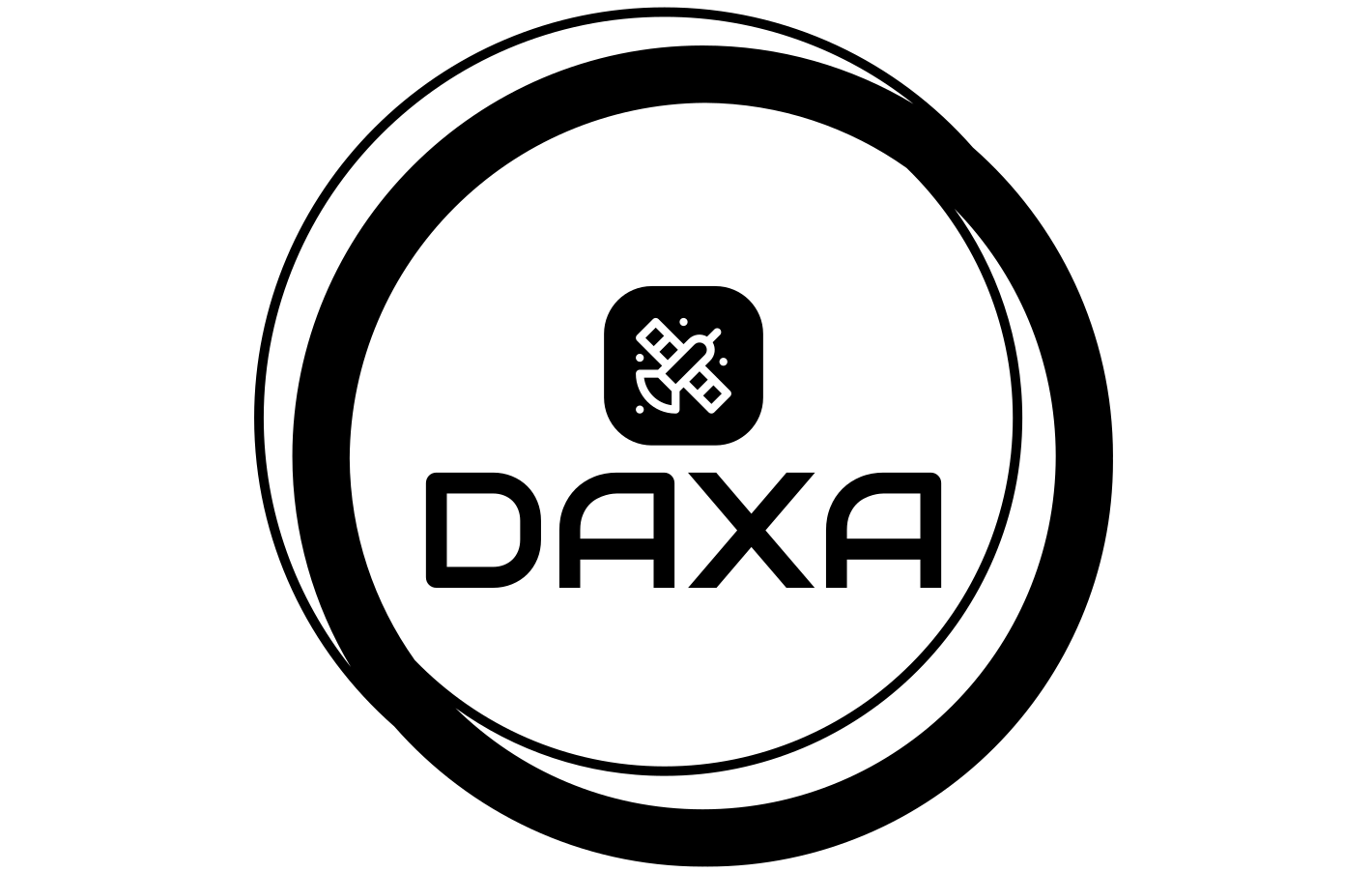DAXA is a Python module designed to make the acquisition and processing of archives of X-ray astronomy data as painless as possible. It provides a consistent interface to the downloading and cleaning processes of each telescope, allowing the user to easily create multi-mission X-ray archives, allowing for the community to make better use of archival X-ray data. This process can be as simple or as in-depth as the user requires; if the default settings are used then data can be acquired and processed into an archive in only a few lines of code.
As the missions (i.e. telescopes) that should be included in the archive are defined, the user can filter the desired observations based on a unique identifier (i.e. observation ID), on whether observations are near to a coordinate (or set of coordinates), and the time frame in which the observations were taken. As such it is possible to very quickly identify what archival data might be available for a set of objects you wish to study. It is also possible to place no filters on the desired observations, and as such process every observation available for a set of missions.
Documentation is available on ReadTheDocs, and can be found here, or accessed by clicking on the documentation build status at the top of the README. The source for the documentation can be found in the 'docs' directory in this repository.
We strongly recommend that you make use of Python virtual environments, or (even better) Conda/Mamba virtual environments when installing DAXA.
DAXA is available on the popular Python Package Index (PyPI), and can be installed like this:
pip install daxa
You can also fetch the current working version from the git repository, and install it (this method has replaced 'python setup.py install'):
git clone https://github.com/DavidT3/DAXA
cd DAXA
python -m pip install .
Alternatively you could use the 'editable' option (this has replaced running setup.py and passing 'develop') so that any changes you pull from the remote repository are reflected without having to reinstall DAXA.
git clone https://github.com/DavidT3/DAXA
cd DAXA
python -m pip install --editable .
DAXA is still in a relatively early stage of development, and as such the support for local re-processing is limited; however, support for the acquisition and use of pre-processed data is implemented for a wide selection of telescopes:
- XMM-Newton Pointed
- eROSITA Commissioning
- eROSITA All-Sky Survey DR1 (German Half)
- [Under Development - data acquisition implemented] NuSTAR
- [Under Development - data acquisition implemented] Chandra
- [Under Development - RASS/pointed data acquisition implemented] ROSAT
- [Under Development - XRT/BAT/UVOT data acquisition implemented] Swift
- [Under Development - data acquisition implemented] Suzaku
- [Under Development - data acquisition implemented] ASCA
- [Under Development - data acquisition implemented] INTEGRAL
If you would like to help with any of the telescopes above, or adding another X-ray telescope, please get in contact!
DAXA makes significant use of existing processing software released by the telescope teams, and as such there are some specific non-Python dependencies that need to be installed if that mission is to be included in a DAXA generated archive.
[Under Development] - A docker image containing relevant telescope-specific software is being created. The built image will be released on DockerHub (or some other convenient platform), and the actual dockerfile used for building the image will also be released for anyone to use/modify. The dockerfile is heavily inspired by/based off of the HEASoft docker image.
Science Analysis System (SAS) - v14 or higher
Once an archive of cleaned X-ray data has been created, it can be analysed in all the standard ways, however you may also wish to consider X-ray: Generate and Analyse (XGA), a companion module to DAXA.
XGA is also completely open source, and is a generalised tool for the analysis of X-ray emission from astrophysical sources. The software operates on a 'source based' paradigm, where the user declares sources or samples of objects which are analogous to astrophysical sources in the sky, with XGA determining which data (if any) are relevant to a particular source, and providing a powerful (but easy to use) interface for the generation and analysis of data products. The module is fully documented, with tutorials and API documentation available (support for telescopes other than XMM is still under development).
If you encounter a bug, or would like to make a feature request, please use the GitHub issues page, it really helps to keep track of everything.
However, if you have further questions, or just want to make doubly sure I notice the issue, feel free to send me an email at [email protected]

